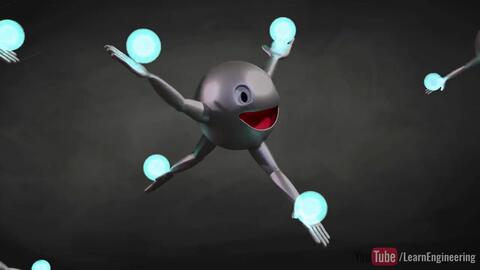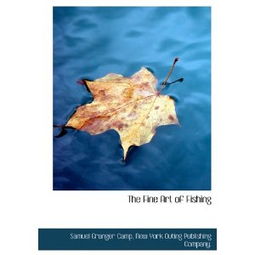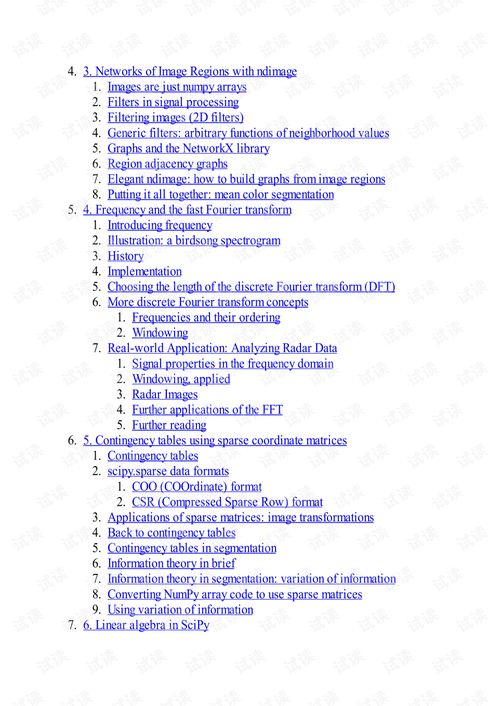Content:
In the world of angling, mastering the art of choosing and using the right bait is a skill that can make the difference between a successful fishing trip and a day spent longing for a bite. Whether you're a seasoned angler or a beginner looking to enhance your fishing experience, learning the tricks of the bait trade is essential. This article delves into the world of fishing bait techniques, offering a comprehensive guide through the help of instructional video content.
Understanding the Basics of Bait
Before diving into the specifics of bait techniques, it's important to understand the basics. Bait is the food that attracts fish to your hook. It can be natural, such as worms, insects, or fish, or artificial, like lures and plastics. The choice of bait depends on the type of fish you're targeting, the conditions of the water, and your personal preference.

Natural Bait Techniques
Natural bait is often favored for its simplicity and effectiveness. Here are some common natural baits and how to use them effectively:
Worms: Earthworms are a classic choice for many freshwater species. To use them, thread the worm onto your hook and ensure it's not too tight, allowing it to wiggle naturally.
Leaches: Leaches are excellent for targeting larger fish like pike or bass. They should be fished in a manner that mimics their natural movement, often with a slow retrieve.
Minnows: Live minnows are a top choice for catching predatory fish. The key is to keep the minnow alive and moving, which can be achieved by using a split shot or a bobber.
Artificial Bait Techniques
Artificial baits can be highly effective, especially in situations where natural bait is scarce or the fish are particularly finicky. Here are some tips for using artificial baits:
Soft Plastics: Soft plastics, like worms, grubs, and lizards, can be rigged in various ways. Texas rigging, Carolina rigging, and wacky rigging are popular techniques. The key is to match the action to the species you're targeting.
Hard Baits: Hard baits like crankbaits, spinnerbaits, and jigs are great for covering water and triggering strikes. The technique involves casting the bait into the water and retrieving it at a pace that mimics the natural movement of prey.
Fly Fishing: For fly fishing enthusiasts, understanding how to present a fly is crucial. The technique involves casting the fly with the right amount of force and then retrieving it in a way that mimics the movement of real insects.
Advanced Bait Techniques
Once you've mastered the basics, you can move on to more advanced techniques:
Bait Fishing in Tides: Understanding how to fish during different tide stages is essential for saltwater anglers. High tide often brings fish closer to the shore, while low tide may require fishing deeper waters.
Fishing in Different Seasons: Fish behavior changes with the seasons. In spring, fish may be more active, while in winter, they may be more lethargic. Adjusting your bait and technique accordingly can make a significant difference.
Fishing in Different Water Conditions: Clear water requires more subtle presentations, while murky water may allow for more aggressive techniques. The key is to match the visibility of the water with the movement and appearance of your bait.
How to Learn Bait Techniques through Videos
With the advent of online video content, learning fishing bait techniques has become more accessible than ever. Here's how to leverage video guides:
Find Reputable Sources: Look for instructional videos from reputable fishing channels, experienced anglers, or organizations dedicated to fishing education.
Watch a Variety of Techniques: Don't limit yourself to one style. Watching multiple techniques can give you a broader understanding and help you choose the best method for your specific situation.
Practice Makes Perfect: While videos can provide a solid foundation, practice is key. Spend time on the water experimenting with different baits and techniques to find what works best for you.
Seek Feedback: If possible, get feedback from more experienced anglers. They can offer insights and tips that might not be immediately apparent from a video.
Stay Informed: The world of fishing is constantly evolving. Keep up with the latest techniques and trends by watching new videos and staying connected with the fishing community.
In conclusion, mastering fishing bait techniques is a journey that requires patience, practice, and a willingness to learn. By utilizing instructional video content, you can gain valuable insights and tips from experts in the field. Whether you're targeting freshwater species or venturing into saltwater, understanding how to choose and use the right bait can significantly enhance your fishing experience. So grab your rod, some bait, and hit the water—your next big catch might just be around the corner!












